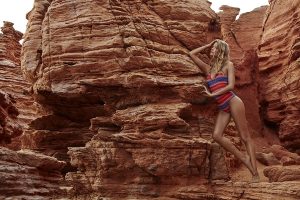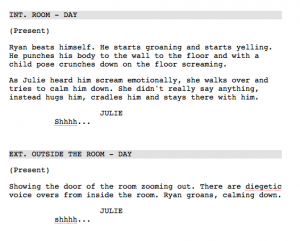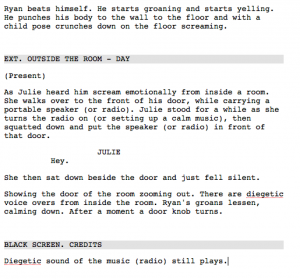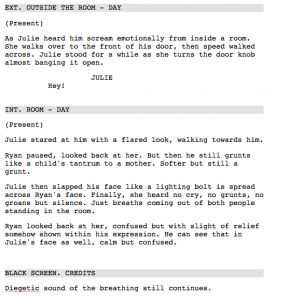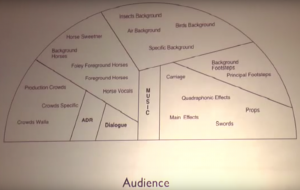Project Brief 3
My group and I have collaborated in outstandingly fair tasks throughout the film pitch and were committed to deliver our ideas and vision of where we aim our film to be headed. Working with the fashion brand, Kodangs, we could all agree on incorporating the natural style of production that signifies women empowerment. As we divided to present each area of the production, I was focusing on the casts as a casting director and also the costume designs. Overall I believe that we have successfully delivered a clear vision of what we aim for the film.
Selling your idea through a pitch is one way of marketing you and your film. The challenging part that I noticed is convincing the panel that our film is unlike any other, because there are other similar films and it takes either a unique idea or desirable component(s) that is mind-blowing as we communicated our vision. I’ve also learned that doing a pitch is a part of the developmental process, in which it is an idea that can be tweaked and improved after a number of feedbacks:
- We have a great wonderful idea of empowering women with Kodangs products through commercial fashion film. Though our length of film is disproportional to our goals and visions.
- In other words, our pitch shows a film that has the potential to be ambitious though the production itself needs more space (size).
- Solutions include having a longer film than 1-minute purposes not only for Instagram but other platforms, due to their restrictions.
- Another tip is to create series of 1 minute films to be posted in Instagram perhaps each having different locations/costumes.
We deeply think these feedbacks are helpful for achieving the best that our film can be, even in organic/natural-style fashion aesthetics.
Pitch PPT: click here



